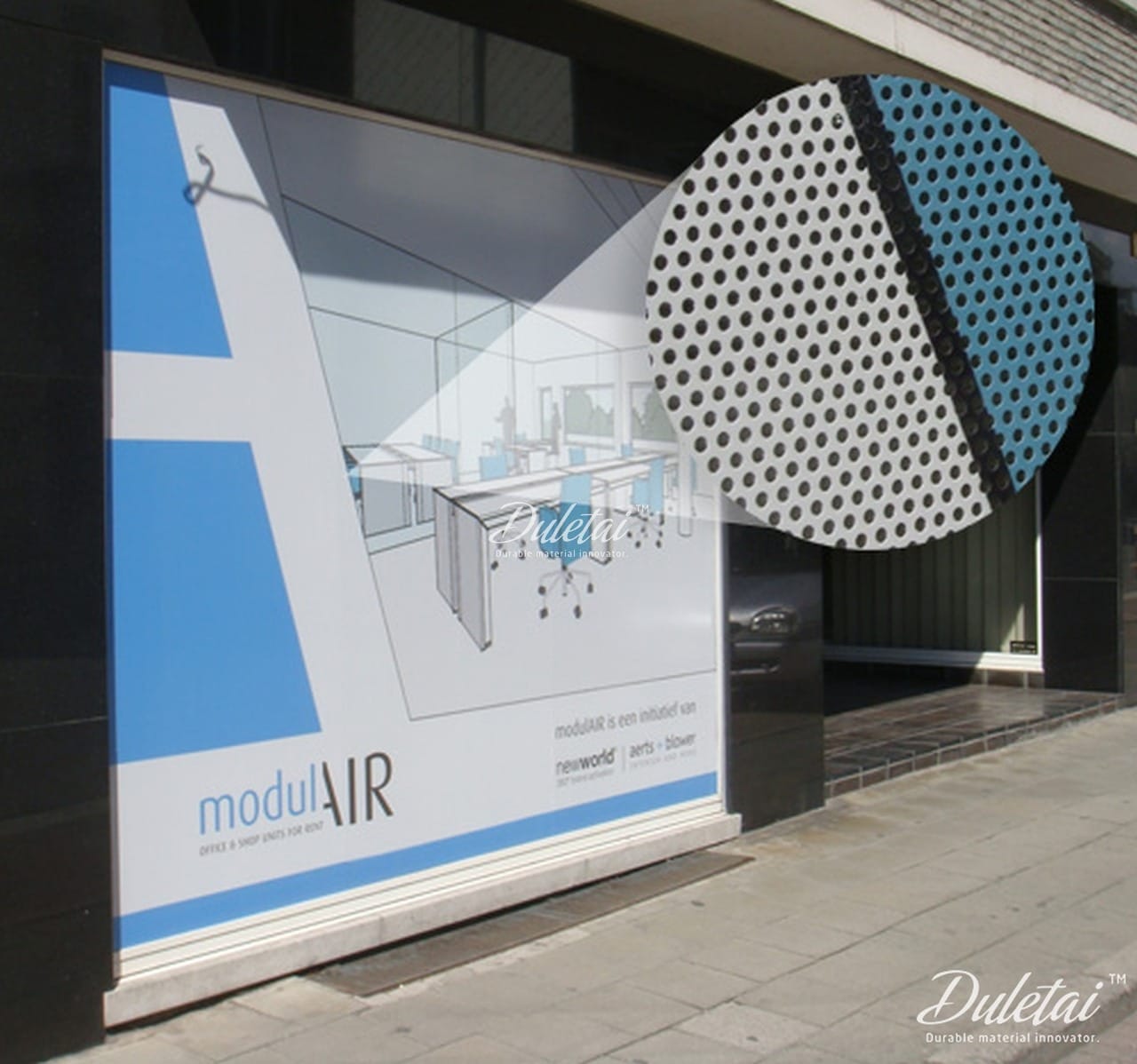
Cross-sectional view CBCT, the part of CS has the palatal location in the maxillary alveolar crestĭamage of this canal during implant placement can lead to a range of complications such as bleeding and sensory disturbances.

Panoramic view CBCT, CS is visualized in the lateral wall of nasal cavity, passing through maxillary alveolar crest. ,, , įigure 1: CS different views (red arrows show the CS topography): A.

The terminal part of CS may be located in three directions: palatal, central, and buccal. Some authors call the terminal part of CS, residing in the alveolar process of maxilla, differently: continuation of the CS,, , the accessory canal of the CS, or the lateral incisive canal a and b. After the canal reaches the anterior wall of the maxilla, it turns medially and goes along the lateral wall of the nasal cavity. It begins on the infraorbital canal behind the homonymous foramen and goes in the anterior-lateral direction. ,, The CS is an intrabony structure that carries the anterior superior alveolar neurovascular bundle. In the anterior maxilla, one of these structures is the canalis sinuosus (CS). One of the key stages of evaluating an edentulous ridge prior to dental implant placement is the analysis of neighboring anatomical structures. Visualization features of canalis sinuosus with cone beam computed tomography.
#One way anova in statplus how to
How to cite this URL: Sedov YG, Avanesov AM, Mordanov OS, Zurnacheva DD, Mustafaeva RS, Blokhina AV. Keywords: Canalis sinuosus, CBCT, dental implant placement, implant complications, superior anterior alveolar nerve How to cite this article: Sedov YG, Avanesov AM, Mordanov OS, Zurnacheva DD, Mustafaeva RS, Blokhina AV. As well, the higher CS diameter, the better is its visualization. Conclusion: CBCT analysis showed that the highest CS prevalence was detected with the use of 0.5/1 mm slice thickness. The correlation between the slice thickness and a diameter more than 1.5 mm in size was not found. General CS prevalence with a 10 mm slice thickness (16.5%) was significantly lower ( P < 0.05) than the prevalence with a 3 mm slice thickness (20.5%). Visualization with 0.5 mm and 1 mm slice thicknesses was absolutely the same (55.5%). The study also showed the importance of the slice thickness choice for CS visualization: the best visualization was reached with 0.5 mm and 1 mm slice thicknesses. There was no statistically significant difference in presence between age and gender groups regarding diameter as well as within different slice thickness. Results: This CBCT study demonstrated 55.5% CS prevalence. The prevalence was documented with regard to the diameter and slice thickness and was statistically compared in age and gender groups.

#One way anova in statplus software
Terminal alveolar part of CS was analyzed in Ez3D2009 (Vatech) software on panoramic and cross-sectional views with 0.5 mm, 1 mm, 3 mm, and 10 mm slice thicknesses. Materials and Methods: In total, 100 CBCT scans of 39 males and 61 females in the age span of 46 to 81 years were retrospectively studied. The aim of the study was to analyze CS prevalence in relation to the slice thickness and CS diameter according to CBCT scans. CBCT visualization has its own features, such as the change of slice thickness. Introduction: One of the key stages of evaluating an edentulous ridge prior to dental implant placement is the analysis of neighboring anatomical structures such as canalis sinuosus (CS) with cone-beam computed tomography (CBCT). Yuri G Sedov, Anatoly M Avanesov, Oleg S Mordanov, Dina D Zurnacheva, Rita S Mustafaeva, Anastasia V Blokhinaĭepartment of General and Clinical Dentistry, Medical Institute, RUDN University, Moscow, RussiaĬlick here for correspondence address and email Date of Submission Visualization features of canalis sinuosus with cone beam computed tomography


 0 kommentar(er)
0 kommentar(er)
